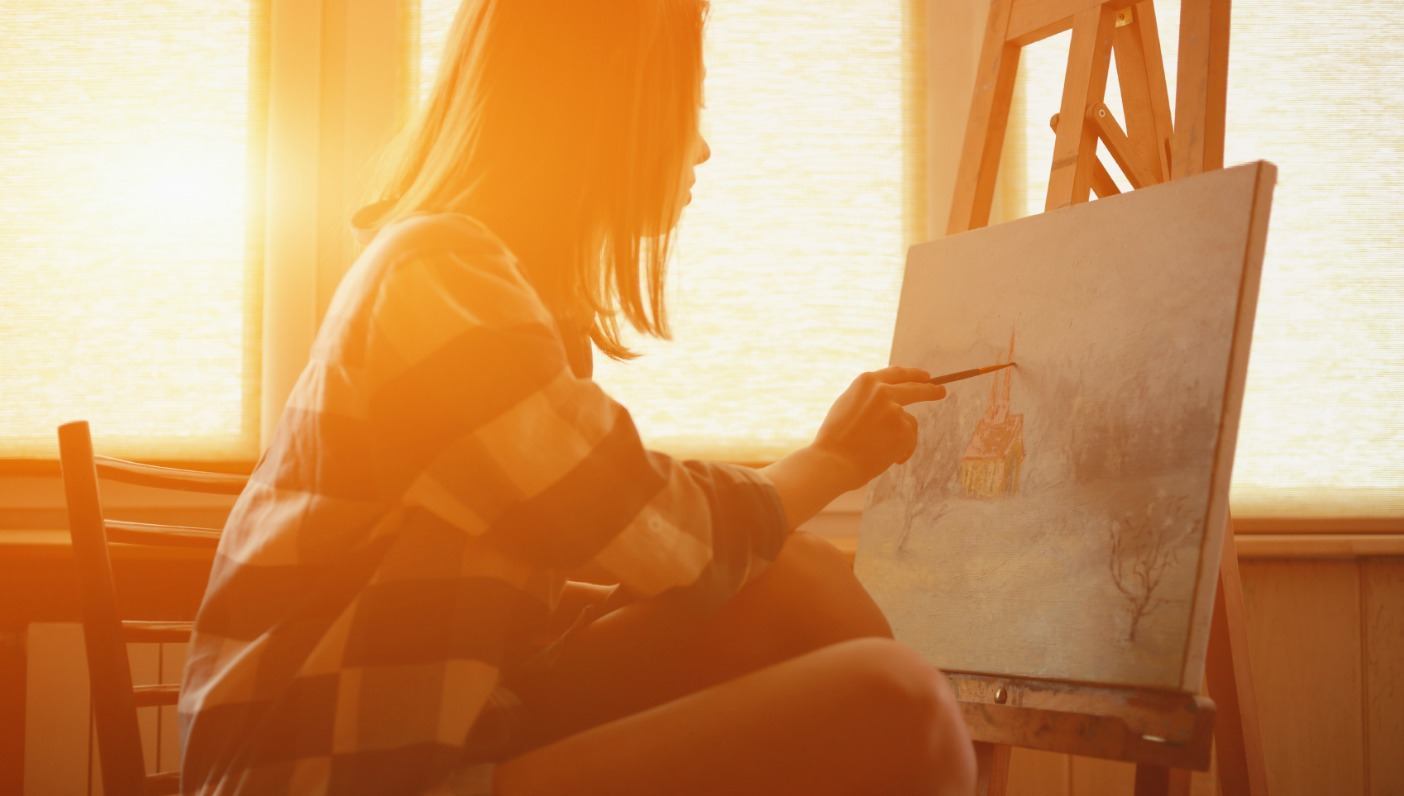
When I was a child, I spent hours in my family’s unfinished basement playing with felt dolls, writing short stories, and creating plays using Polly Pockets as actors. In these moments, there was no pressure to create a masterpiece. There was no boss or professor I needed to please. Like many other children, I was creating for the pure joy of it.
As we get older and stressors increase, we forget to indulge in creative play. We often defend this neglect with the excuse, “I don’t have enough time” or “there are more important things that I need to do.” However, studies have shown that stress and creativity are directly linked. Too much stress, and the creative mind suffers. And it goes both ways; engaging in creative activities helps to ease stress, allowing the mind to stretch and explore fun, new territories.
Dr. Robert Epstein, a visiting scholar from the University of San Diego, suggests incorporating creative activities into one’s daily routine. By doing so, we not only allow our imagination to grow, but we take away some of the tension experienced throughout our everyday life. By denying ourselves creativity, we make ourselves more susceptible to stress, and therefore we’re more inclined to feel fatigued and unproductive.
When I initially began creating for pleasure, I felt like I was wasting time. I felt guilty for not working on paid projects. And yet once I forced myself to engage in creative activities (painting, collaging, writing, etc.), I found that I was more relaxed and imaginative. I approached other projects with ease and confidence. I was nurturing the left side of my brain, and it was giving back.
Regardless of your profession, bringing a little innovation into your daily life—whether you’re creating a piece of art or a new experience—can provide numerous benefits. Get started with these simple tips.
- Expand your knowledge. Do you know anything about Greco-Roman art? What about Romantic-era poetry? Expanding your knowledge allows more room for interconnection, a skill that essentially increases your mental playground. By introducing your brain into new areas of thought, you allow the mind to expand and access new areas of thoughts.
- Free write. Take a pencil and a pad of paper and let your thoughts flow freely on the page. If you need a little guidance, find a picture or word in the dictionary and let it inspire a series of random thoughts. This stream of consciousness–style writing can lead to a plethora of other creative ideas.
- Challenge yourself. If you’ve never rock-climbed, painted, or baked a cake, now’s the time to give it a try. Engaging in new activities can help stimulate new ways of thinking.
- Take yourself on a date. Public places are wonderful fountains of inspiration. Take yourself to a popular restaurant or a crowded park and observe your surroundings. Take notes on the people, the images, and the conversations you take in. Such instances illustrate the depth of humanity, and can dramatically provoke creativity.
- Collaborate. If you have creative friends, now is a great time to gather them over for wine and snacks. Surrounding yourself with other creative individuals can encourage creative ideas and lead to overall productivity. Just watch out for fear of rejection—remember that your ideas are unique, and that you have nothing to lose when sharing your thoughts.
Give that left brain some love! The time spent taking care of yourself and your imagination is never time wasted
—
 Amanda Kohr is a 24-year-old writer and photographer with a penchant for yoga, food, and travel. She prefers to bathe in the moonlight rather than the sun, and enjoys living in a state of the three C’s: cozy, creative, and curious. When she’s not writing, you can find her driving her VW Bug, looking for the next roadside attraction or family diner. She also roams the internet via her blog at cozycaravan.com.
Amanda Kohr is a 24-year-old writer and photographer with a penchant for yoga, food, and travel. She prefers to bathe in the moonlight rather than the sun, and enjoys living in a state of the three C’s: cozy, creative, and curious. When she’s not writing, you can find her driving her VW Bug, looking for the next roadside attraction or family diner. She also roams the internet via her blog at cozycaravan.com.
